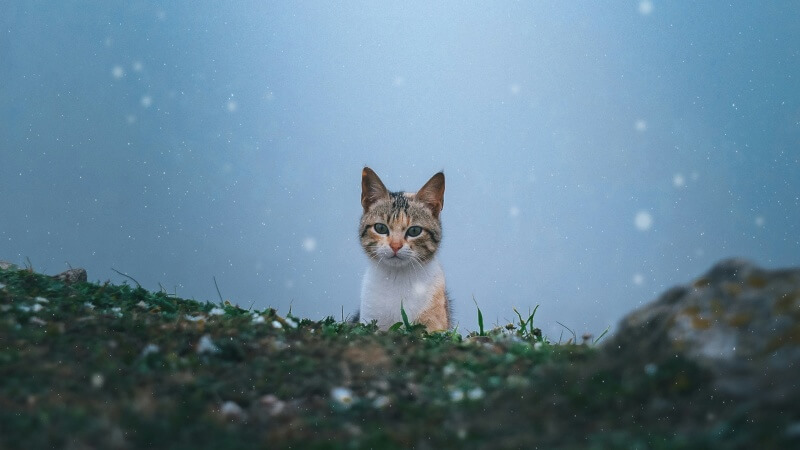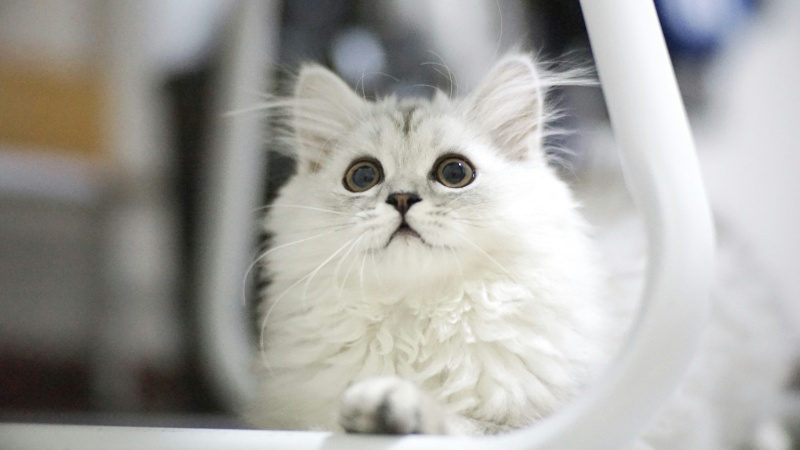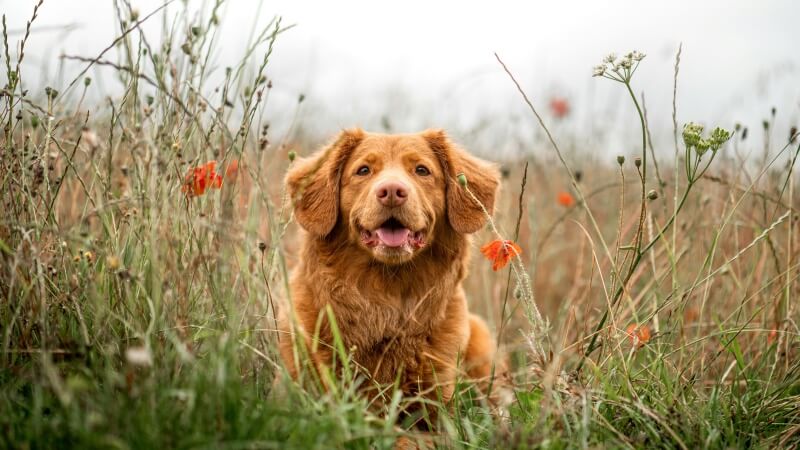
How To Craft A Cozy Cat Vest From Fabric Strips
Have you ever seen your feline friend lounging around and thought, “What could possibly make this picture more adorable?” The answer is simple: a cat

As a devoted pet owner, I’ve always been concerned about the safety of my pets, especially when it comes to outdoor threats like coyotes.
This concern led me to explore various protective measures, including the increasingly popular coyote vests.
Originally designed for dogs, these vests are touted for their ability to protect pets from predator attacks. But the question arises: Are these vests effective for cats as well?
Coyote vests are protective garments designed to safeguard pets from the attacks of predators like coyotes, birds of prey, and other wild animals.
They typically feature spikes or quills and are made of sturdy materials that resist bites and scratches. The logic is simple: make the pet a less appealing and more challenging target.
Cats are vastly different from dogs in their behavior and physicality. They are more agile, often smaller, and have different ways of defending themselves.
Unlike dogs, cats are prone to climb and squeeze through tight spaces to escape danger. This fundamental difference raises the question of whether a coyote vest, which is somewhat bulky and restrictive, would be suitable for a cat’s body and nature.
I decided to test this concept with my own cat, Luna. She’s an adventurous feline who loves to roam our backyard.
Given the increasing sightings of coyotes in our neighborhood, I thought a cat vest might offer some peace of mind.
The first challenge was finding a vest that would fit Luna properly. The majority of coyote vests are designed for dogs, meaning they were too large and cumbersome for her small frame. After a thorough search, I found a smaller size that seemed more appropriate.
Fitting Luna with the vest was an adventure in itself. She was initially resistant and confused by the extra weight and restriction.
Cats rely heavily on their agility and flexibility, and the vest seemed to impede these natural abilities. She struggled to move with her usual grace, and her initial attempts at jumping were awkward.
Over time, Luna began to adapt to the vest, but it was clear that it affected her behavior. She was less inclined to climb or explore as she used to. While this might seem like a success in terms of safety, it also raised concerns about her quality of life and freedom.
This brings us to a crucial point in the debate: safety versus freedom. While the coyote vest did offer an added layer of protection, it also restricted Luna’s natural behaviors. It’s a trade-off that each pet owner must consider. What are we willing to compromise for the sake of safety?
Considering Luna’s mixed reaction to the vest, I explored other safety measures. These included supervising her outdoor time, installing higher fences, and providing her with a cat patio (catio) where she could enjoy the outdoors without the risk of predators.
Before making any final decisions, I consulted with our veterinarian. They stressed the importance of considering a cat’s physical and psychological well-being.
The vet advised that while a coyote vest might offer physical protection, it could lead to stress and anxiety, which are equally harmful.
In conclusion, while coyote vests might provide a degree of protection for cats, they are not a one-size-fits-all solution. The physical and psychological comfort of the cat is paramount.
In Luna’s case, the vest was more of a hindrance than a help. It’s essential for pet owners to weigh the pros and cons and consider their individual pet’s needs and behaviors.
The experience taught me that sometimes, the best protection we can offer our pets is not a physical armor but creating a safe and controlled environment for them.
Each cat is unique, and their safety needs will vary. In the end, our decisions should always prioritize their well-being and happiness.


Have you ever seen your feline friend lounging around and thought, “What could possibly make this picture more adorable?” The answer is simple: a cat

The moment you consider a dog hunting vest for your adventurous companion, you’re stepping into a world where safety meets functionality. This vest is not

The concept of a dog cooling vest is a game-changer for pet owners looking to enhance their dog’s comfort during those relentless summer days. Imagine

When you first consider crafting a tactical dog vest, it’s not just about embarking on a fun DIY project; it’s about ensuring your furry companion’s

Have you ever seen your feline friend lounging around and thought, “What could possibly make this picture more adorable?” The answer is simple: a cat

The moment you consider a dog hunting vest for your adventurous companion, you’re stepping into a world where safety meets functionality. This vest is not

The concept of a dog cooling vest is a game-changer for pet owners looking to enhance their dog’s comfort during those relentless summer days. Imagine

When you first consider crafting a tactical dog vest, it’s not just about embarking on a fun DIY project; it’s about ensuring your furry companion’s
Secure and Empower, Walk Responsibly
Copyright © 2025pettacticalharness. All Rights Reserved.